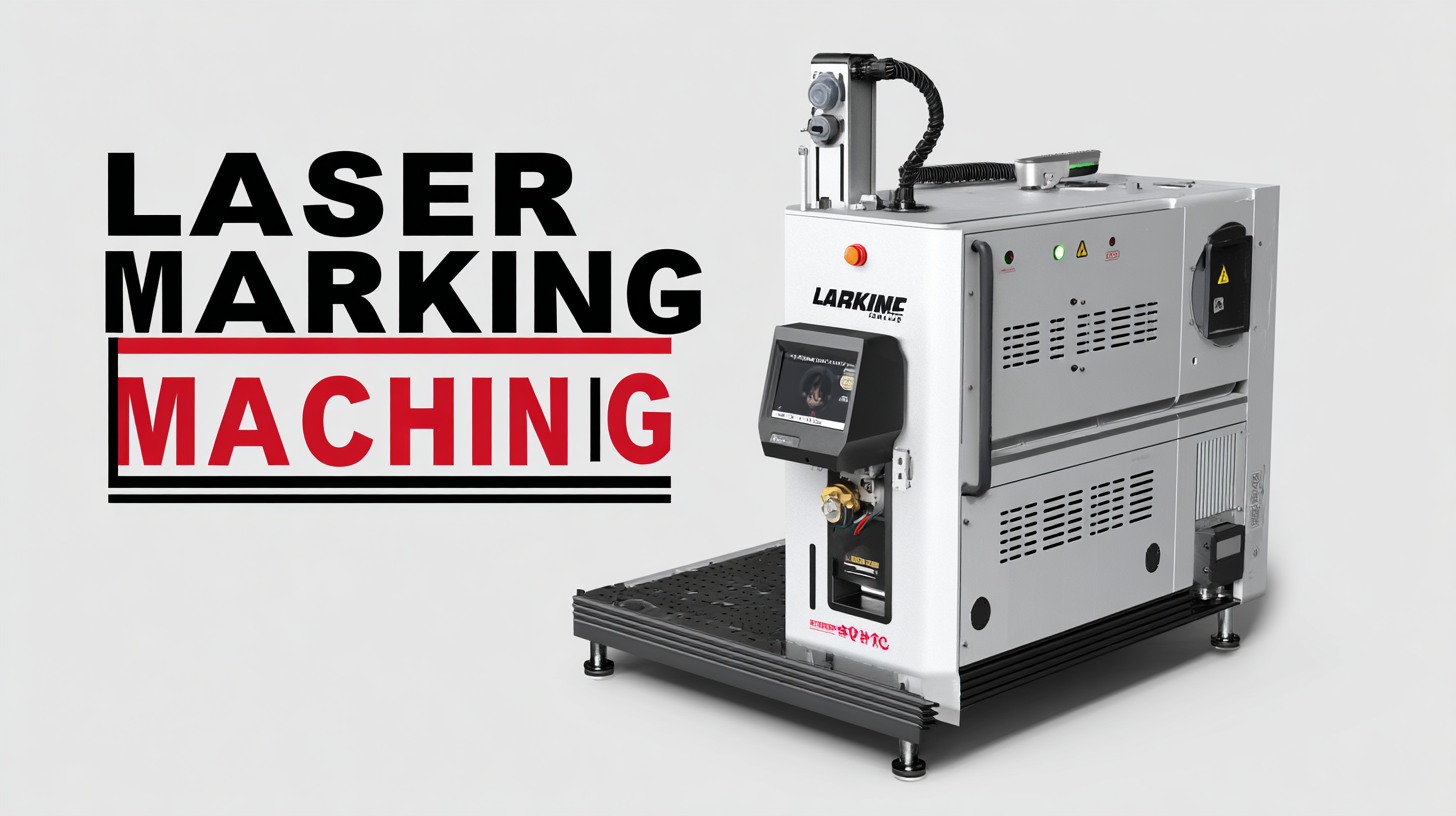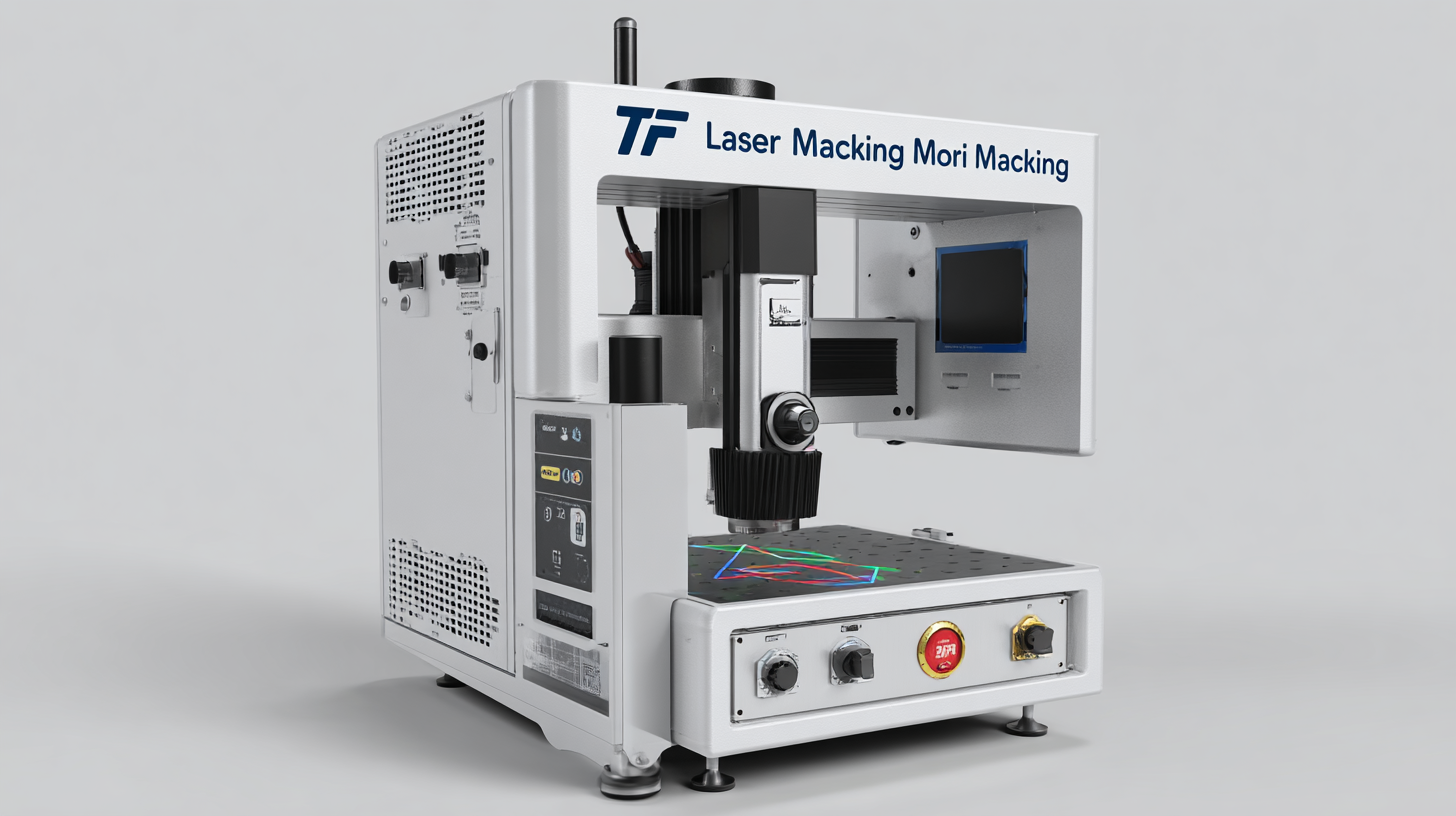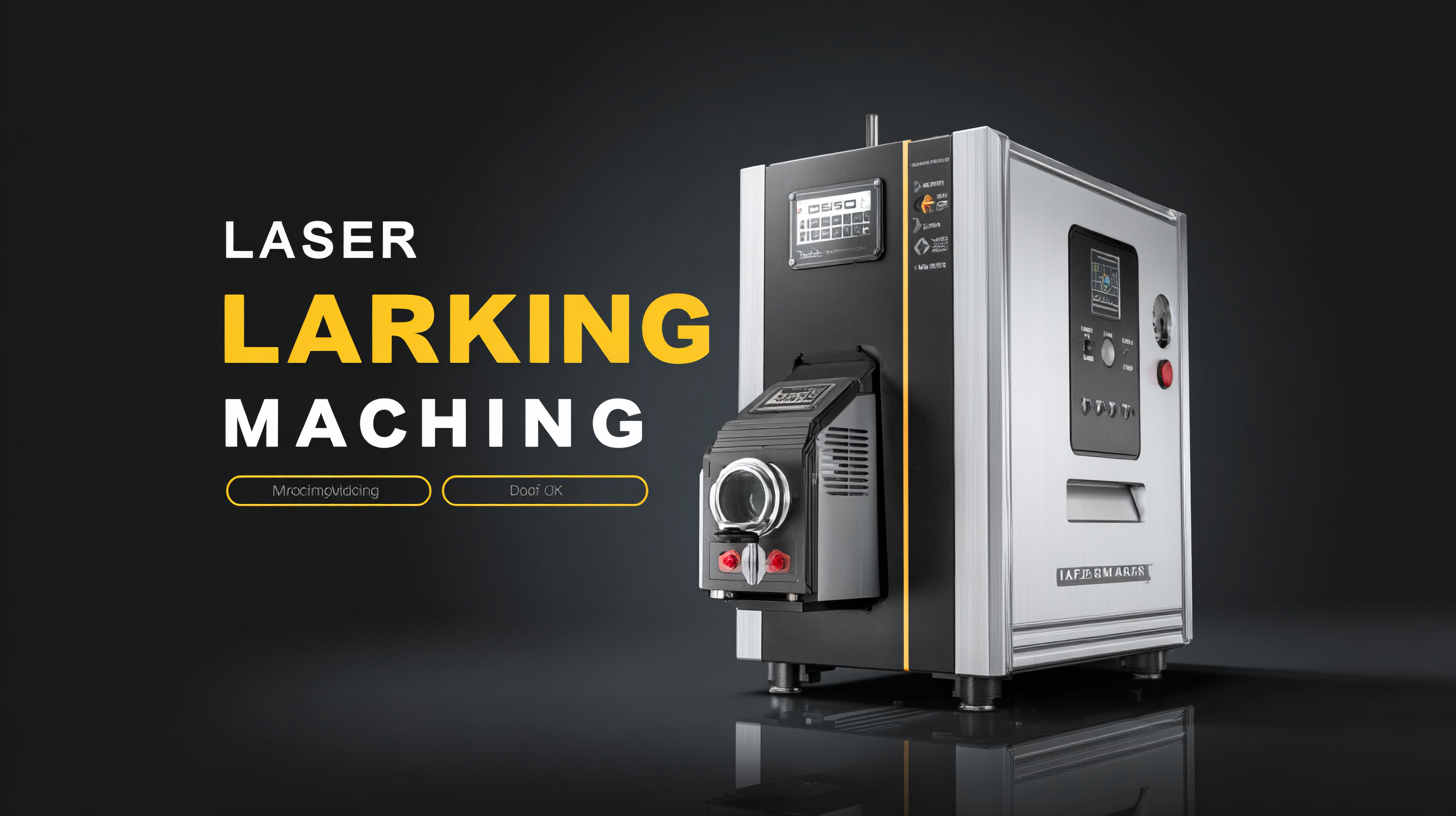
The Ultimate Guide to Choosing the Best Laser Marking Machine for Precision and Efficiency
In today's fast-paced manufacturing landscape, the demand for precision and efficiency in production processes has never been greater. According to a report by MarketsandMarkets, the global laser marking machine market is projected to reach USD 5.2 billion by 2025, growing at a CAGR of 6.5%. This highlights the increasing reliance on advanced technologies to meet stringent quality standards while optimizing productivity. As industries look to enhance their marking processes, selecting the right Laser Marking Machine emerges as a crucial factor. With various options available, understanding the unique features, applications, and efficiencies of these machines is vital for making an informed decision that aligns with specific operational needs. In this ultimate guide, we will explore essential considerations that will empower businesses to choose the best laser marking machine, ensuring precision and efficiency in their manufacturing operations.

Understanding Laser Marking Technology and Its Applications
Laser marking technology has transformed the way products are identified and branded in various industries. Utilizing focused laser beams, this technique etches or engraves designs, barcodes, and text onto a variety of materials including metals, plastics, and ceramics. The precision of laser marking ensures that details are sharp and clear, which is essential for applications where readability and durability are critical, such as in automotive parts or electronic components. One of the most significant advantages of this technology is its ability to provide permanent markings without the need for ink or physical contact with the material, reducing wear and prolonging the lifespan of both the marking and the product.
The applications of laser marking are vast and encompass various sectors. In the medical industry, for example, laser marking facilitates the traceability of surgical instruments and devices, enhancing safety and compliance with regulatory standards. Similarly, in consumer goods and packaging, it serves as a means of anti-counterfeiting, helping brands maintain integrity and protect their identity. The versatility of laser marking machines, including their capability to switch between different materials and marking types, affirms their role as indispensable tools in today’s manufacturing landscape, driving efficiency and innovation forward.
The Performance of Different Laser Marking Technologies
Key Factors to Consider When Choosing a Laser Marking Machine
When selecting the best laser marking machine, several key factors must be considered to ensure precision and efficiency. The global market for laser marking machines is poised for significant growth, with projections indicating a value of $359.1 million in 2024, potentially reaching $575.9 million by 2032, marking a robust CAGR of 6.1% during this period. This growth underscores the increasing demand for diverse laser marking technologies, including fiber, diode, solid-state, CO2, and UV lasers, each catering to specific material needs and industry standards.
Additionally, the choice between fixed and portable laser marking machines significantly impacts operational flexibility and convenience. For industries that require on-the-go solutions, portable models offer adaptability, while fixed systems are often preferred for high-volume production settings. As the non-metal laser engraving market expands, understanding these dynamics, along with the specific benefits of each laser type and mobility option, is essential for making an informed purchase that aligns with your operational goals and efficiency targets.
Comparing Types of Laser Marking Machines for Different Materials
When selecting a laser marking machine, it's crucial to consider the type of material you'll be working with, as different machines are optimized for various surfaces. For instance, CO2 laser marking machines excel at engraving organic materials such as wood, leather, and some plastics. Their longer wavelength allows for smoother and more detailed finishes, making them ideal for intricate designs on promotional items or crafts. If you're focusing on non-metal materials, CO2 lasers are often the best choice for achieving high precision and efficiency.
On the other hand, if your application involves marking metals or hard plastics, fiber laser marking machines are typically preferred. These machines produce a shorter wavelength that enables them to produce cleaner marks on metals like aluminum, stainless steel, and brass. The high energy density of fiber lasers results in faster marking speeds while maintaining high accuracy, making them suitable for industrial applications including part identification and branding. By understanding the strengths of each laser type, you can make an informed decision that enhances both your productivity and the quality of your markings, tailored to meet the demands of your specific materials.

Navigating Industry Certification Requirements for Laser Equipment
When selecting a laser marking machine, understanding industry certification requirements is crucial for ensuring compliance and performance. Different industries have specific standards that equipment must meet, such as ISO, FDA, and CE certifications. These certifications not only reflect the quality and safety of the machine but also signify that the equipment has undergone rigorous testing. For businesses, investing in certified equipment can prevent potential legal issues and ensure that products are market-ready.

Moreover, navigating these certification requirements involves understanding the implications of non-compliance, which may include costly fines or recalls. Manufacturers and suppliers of laser marking machines often provide guidance on meeting these standards, but it's essential for buyers to conduct thorough research. By ensuring that the chosen machine aligns with the necessary industry certifications, businesses can enhance their operational efficiency while maintaining the highest quality standards in their laser marking processes.
Maximizing Efficiency: Tips for Setting Up Your Laser Marking Process
Setting up an efficient laser marking process requires careful consideration of various factors that can enhance both precision and productivity.
First, it’s essential to select the right laser marking machine that aligns with your specific materials and production requirements. Different lasers, such as fiber or CO2, offer distinct advantages for various surfaces.
Assessing your operational needs and conducting material tests can ensure that the chosen machine provides optimal results.
Additionally, optimizing your workspace can significantly impact the efficiency of your laser marking process.
Streamlining workflow by arranging equipment and materials for easy access minimizes downtime and allows for smoother transitions between tasks.
Implementing automation in part of the marking process can further enhance efficiency, reducing manual labor and errors while increasing throughput.
Regular maintenance of the laser marking machine is also crucial; a well-maintained machine operates more efficiently, delivering consistent mark quality and minimizing downtime.
By focusing on these aspects, businesses can create a laser marking process that maximizes efficiency while maintaining high precision.
